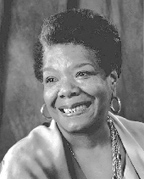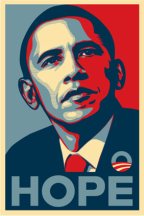|

My work in city schools has led me to understand that hope is real. I'd say it's a very real strategy in the urban classroom.
Faced with the challenges of guiding a group of diverse learners -- some in rather hopeless situations and
circumstances -- a positive outlook can be the difference between failure and success. Research has established that
an educator's beliefs about what students can learn has a measurable effect on student
achievement (Ladson-Billings, 1994). 
So as to the truth or falsity of this last test question, I guess there's just a difference of opinion. Some authorities insist, "Hope is not an effective teaching strategy" (Niess, Lee & Kadjer pg. 237). Based on my personal experiences in urban schools, hope is indeed a strategy -- or at least, a critical component of an effective teaching strategy. Rather than a sign of contradiction, this points out that TRUE / FALSE tests are often not very useful gauges of knowledge. With the new technologies available to us in the 21st century, diverse students have a variety of ways to report not just what they think is true and false -- but why. |